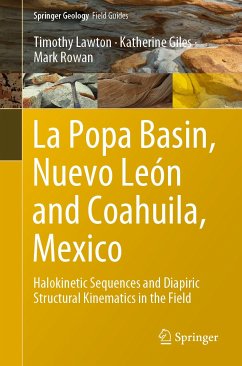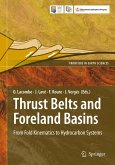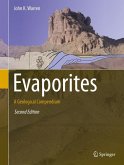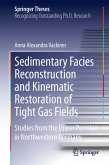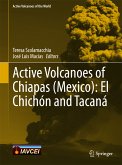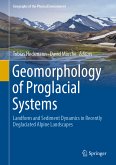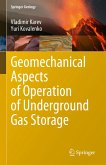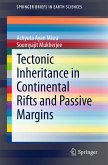This book describes the two excursions accessed from the Monterrey International Airport on the north side of Monterrey, Nuevo León, Mexico. Excellent exposures of salt diapirs and flanking strata in La Popa basin, northeastern Mexico, contain world-class examples of salt-sediment interaction that provided the basis for the concept of halokinetic sequences. The basin also contains one of the first secondary salt welds described in outcrop. Two one-day excursions described here provide an easily accessible overview of salt-sediment relations within a short distance of Monterrey, Nuevo León, Mexico. Excursion 1 constitutes an introduction to basin stratigraphy, an introduction to halokinetic sequences at El Papalote diapir, and a visit to a salt-cored detachment fold near Hidalgo, Nuevo León. Excursion 2 is a visit to La Popa salt weld, where stops at several parts of the weld permit comparison of different structural styles developed along the weld. Each excursion begins and ends at theMarriott Courtyard Aeropuerto Hotel, near the Monterrey airport.
Dieser Download kann aus rechtlichen Gründen nur mit Rechnungsadresse in A, B, BG, CY, CZ, D, DK, EW, E, FIN, F, GR, HR, H, IRL, I, LT, L, LR, M, NL, PL, P, R, S, SLO, SK ausgeliefert werden.

